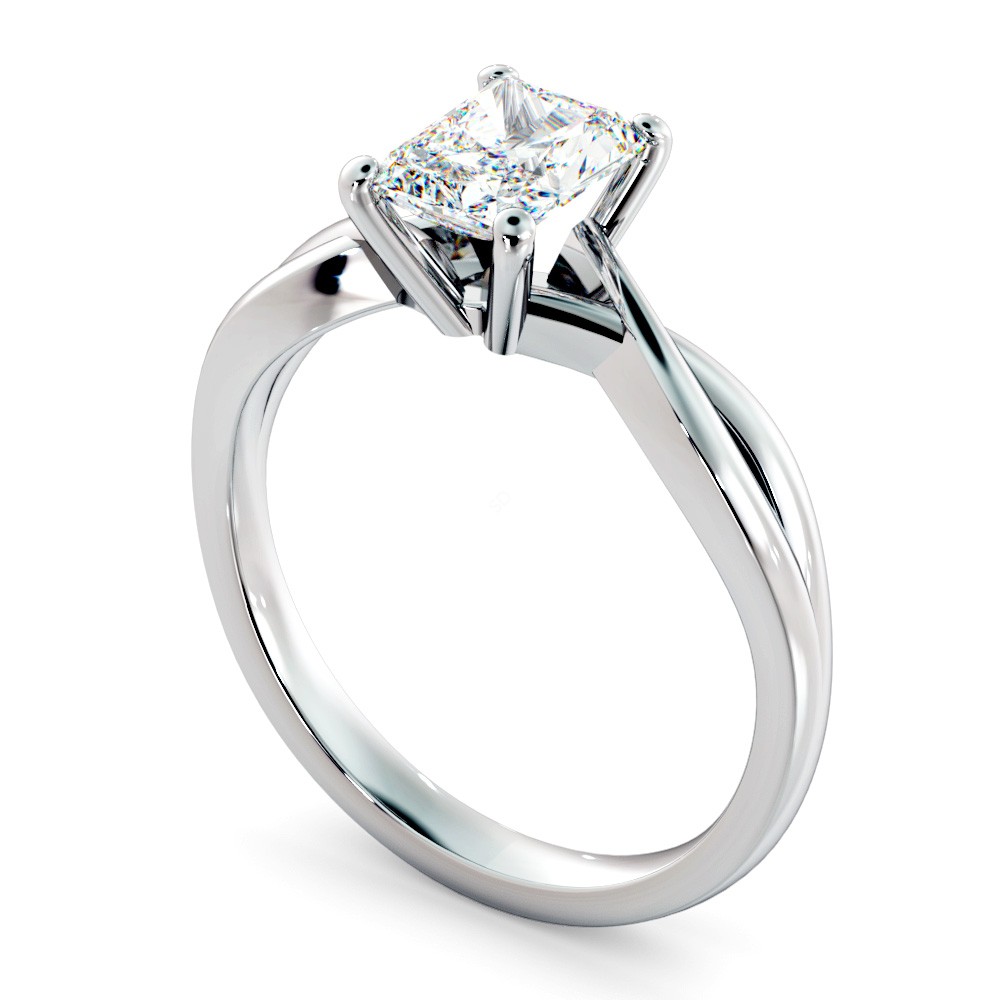What is a composite diamond
Composite diamonds are small diamonds that have been carefully fused together to create a larger-looking diamond. They are often set in a way that creates the illusion of a bigger stone. Composite diamonds can be made up of two diamonds known as doublets or three diamonds known as triplets. They are different from solitaire diamonds, as the stones used in the jewellery consist of a single diamond.
There are many characteristics to composite diamonds, from appearance to value. Although it can be difficult to identify the difference, our detailed guide discusses the most commonly asked questions to help you decide which diamond ring is best for you.
Composite diamond FAQs
Are composite diamonds real diamonds?
Composite diamonds do not have the same natural properties as real diamonds. They can be made up of cubic zirconia, glass, moissanite or strontium titanates all of which can also be combined to mimic precious gems. All of these are classified as imitation diamonds or simulants. Rings with composite diamonds tend to differ in style from traditional rings that contain a single central stone.
What are the advantages of composite diamonds?
There are many benefits to composite diamonds, such as;
- More affordable in price than natural diamonds
- More design possibilities, perfect for adding more intricate and personal details
- Available in a variety of colours
- They can last longer than real diamonds as they are made up of two or more pieces acting as reinforcement to keep them in top condition for years
- Resemble similar qualities to real diamonds for instance being difficult to break or scratch
- Considered more eco-friendly as they are created in a laboratory rather than having to be mined
What are the disadvantages of composite diamonds?
Composite diamonds do have some disadvantages, these are;
- They are not as hard as real diamonds
- Potentially higher repair costs for broken composite diamonds can outweigh the saving on price
- There is no grading system for composite diamonds
- They may not retain their value due to not being as reliable as real diamonds
- Difficult to maintain as a single large diamond is easier to clean and polish than several smaller ones
How do I care for jewellery made with composite diamonds?
It is recommended to clean your composite diamond jewellery around once a week. This is because natural oil and build-up can make its way on to your diamond and in between during everyday wear. Basic care at home will help protect and preserve your composite diamond for years to come. Avoid using diamond cleaning products with abrasive, harsh chemicals. Instead, use soap, warm water, and a children’s toothbrush to gently remove any build-up of dirt. You can read more about taking care of diamond jewellery here, or how to clean engagement rings. Although at-home maintenance is encouraged, it’s always a good idea to get your ring professionally cleaned with your local jeweller at least twice a year.
Why should I buy a composite diamond?
Aside from being a more affordable option when it comes to engagement rings, composite diamonds are a great option for alternative pieces of diamond jewellery and types of rings. Where an expensive diamond is not highly sought after for an anniversary gift, a promise ring or an eternity ring, composite diamonds may be an ideal choice.
Are you looking to expand your collection of diamond jewellery? You can book an appointment at our Hatton Garden store or contact our helpful team for more information.




